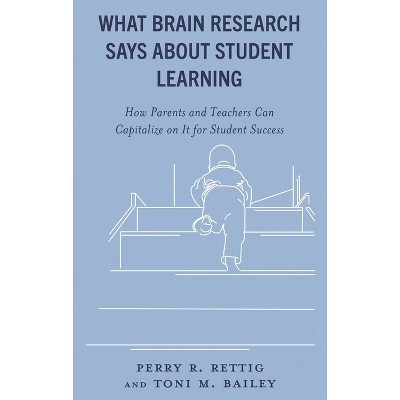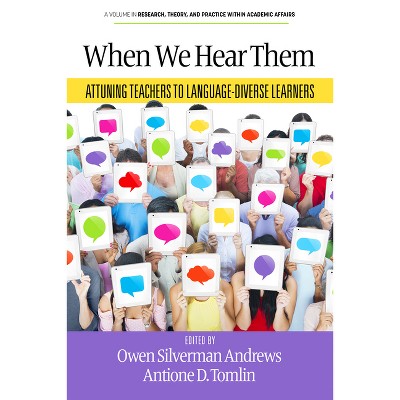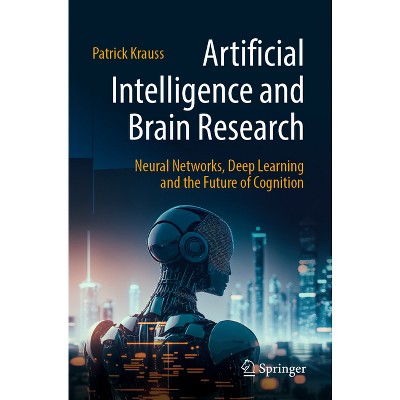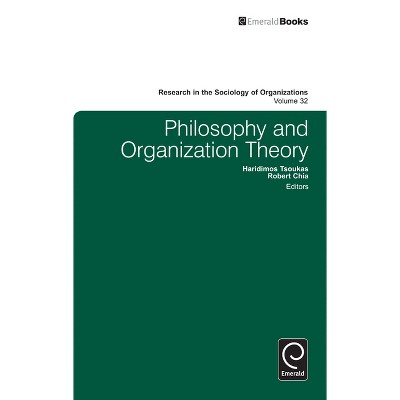Brain Research and Learning Theory - by Perry R Rettig & Toni M Bailey (Paperback)

About this item
Highlights
- Virtually anyone who has attended college can attest to poor teaching approaches by very bright professors.
- About the Author: Dr. Rettig draws upon 40 years of experience in higher education and K-12.
- 181 Pages
- Education, Educational Psychology
Description
About the Book
This is a book for professors by professors. It is an erudite description of brain research and learning theory with implications for classroom instruction with examples for teaching strategies, course mapping, and assessment. The focus is on brain research and learning theory...Book Synopsis
Virtually anyone who has attended college can attest to poor teaching approaches by very bright professors. Professors simply are not trained or taught how to best teach their content. They are not aware of learning theories, brain research, pedagogy and andragogy. They teach the way they were taught--their mimetic isomorphism.Not only will this book share insights from all these areas, but it will also help professors prepare syllabi, create curriculum, prepare lesson plans, create assignments, and develop assessments with these concepts in mind. Further, we will embed differentiation, culturally relevant strategies, and the use of technology to enhance learning.
Review Quotes
"Dr. Rettig's lucid command of the neuroanatomical, neurodevelopmental, and neurobiological aspects of the human brain and its function are on full display in the opening section of his book x, accurately translated into layman's language that can easily inform readers from all scientific disciplines. His approach levels the playing field for academic educators seeking to both become more aware of the internal processes that influence psychological receptiveness to learning and to pro-actively develop practical strategies that leverage emerging neuroscientific-based principles to maximizing learning success."
An insightful and accessible exploration of the brain and learning theory, this book is a must-read for educators and parents alike. With practical applications and engaging insights, it offers a valuable resource for understanding and supporting the learning process.
Educators reside in a binary space as both teacher and learner. In that space, they are responsible for continually and effectively developing the minds in their academic environment. A successful and efficacious educator performs teaching as an art form while imbuing the foundational science behind the brain's capacity to discover, discern, assimilate, accommodate, and critique information. This process is in no way static. Learning is active. Learning is participatory. Learn is indeed a verb. Rettig and Bailey have created a resource for teachers that enlivens the what, why, and how to best perform the active, artistic, and scientific processes of teaching and learning.
About the Author
Dr. Rettig draws upon 40 years of experience in higher education and K-12. He has served as a public-school teacher and principal, a professor of educational leadership, and a university vice president and dean. His conceptual research agenda reaches from leadership, decision making, and how people learn with implications for our classrooms.
With an emphasis on the Latin root of curriculum, "to run", professor Dr. Bailey's research focuses on the procession of our understanding of cognition, and ideological formations along the history of curriculum and instructional practices.Shipping details
Return details
Trending Non-Fiction











